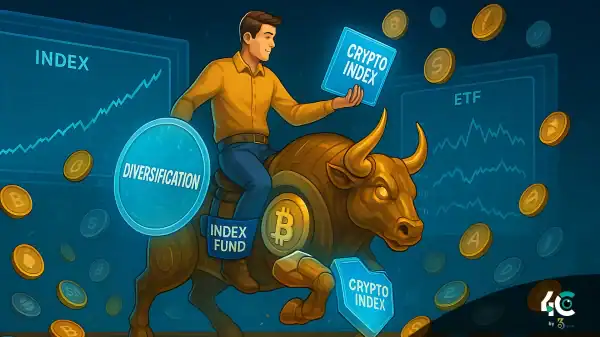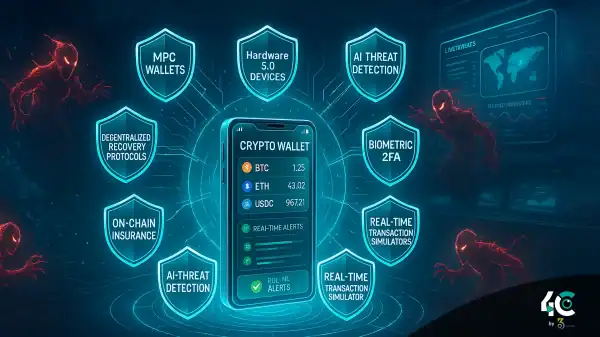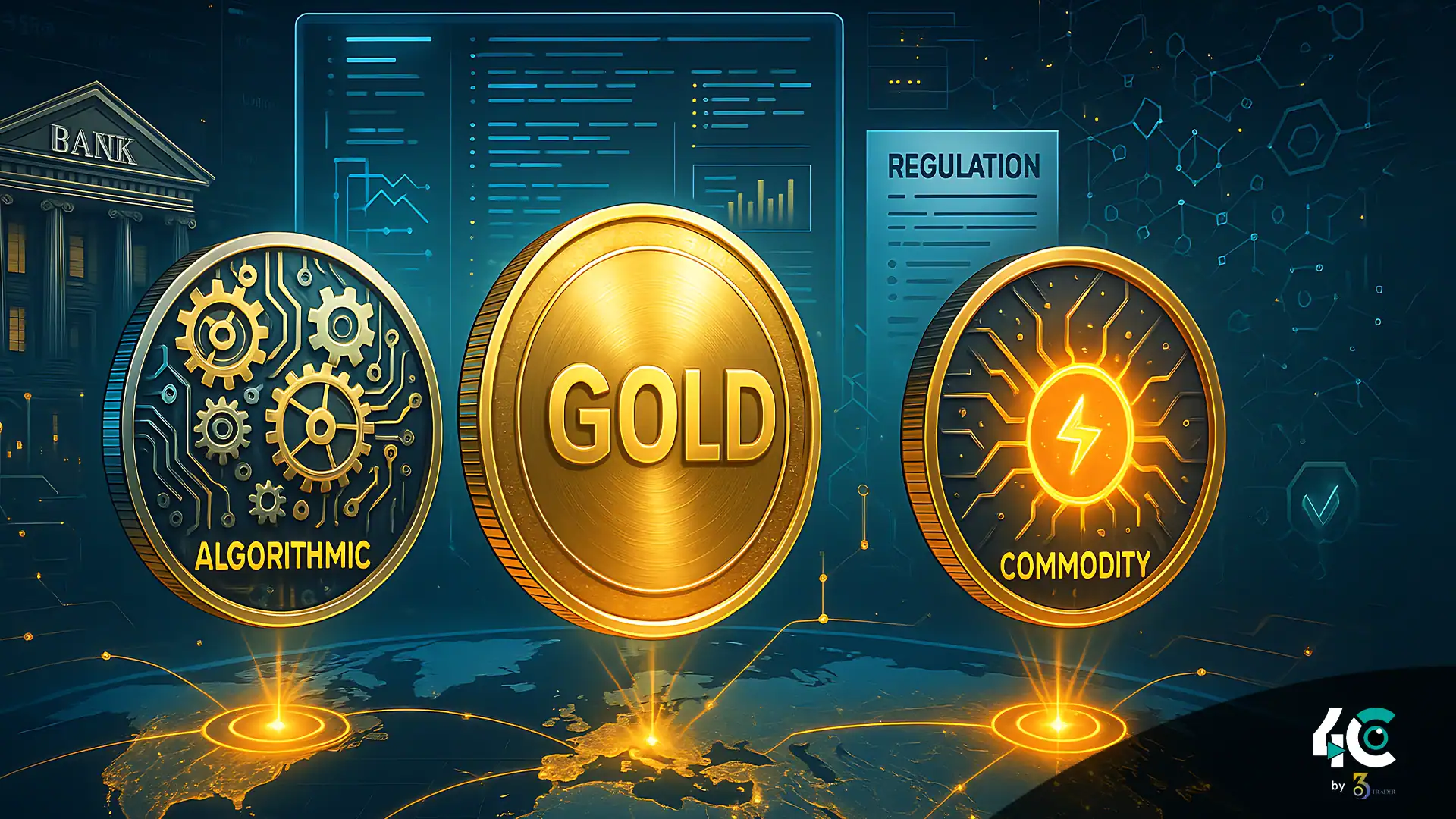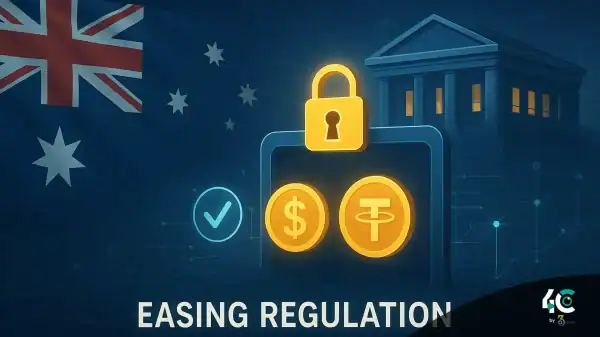Stablecoin dollar peg risks are becoming a growing concern for crypto investors as market volatility and regulatory gaps challenge their long-term stability.
Stablecoins Have Grown in Usage and Popularity
Stablecoins are cryptocurrency alternatives that can offer better stability than the typical cryptocurrency such as Bitcoin. Generally, a stablecoin will have a value that is pegged to another macro-asset, such as the US dollar (USD) or gold. Stablecoins backed by fiat currencies are in huge demand and have trading volume of billions daily. Yet, their centralized reserves have drawn criticism and regulatory scrutiny, especially regarding transparency, custody risks, and alignment with global monetary policies.
With a push from regulators, innovators are exploring alternate stablecoin models that reduce reliance on fiat currency while maintaining price stability anywhere.
New Stablecoin Models That Aren’t Dollar Pegged
Many new stablecoin designs are becoming popular because they fix the problems with fiat-backed stablecoins.
1. Algorithmic Stablecoins: Stability Through Code in Decentralization
Algorithmic stablecoins are those which use smart contracts and mechanisms to adjust supply to maintain price stability without external collateral. Unlike stablecoins pegged to a single asset, these coins actively change their circulating supply based on demand.
Key Features
- Supply Elasticity: If the price of coin is more than targeted, then new tokens are minted and distributed to lower prices. On the other hand, when prices drop, tokens are burned or taken out of circulation.
- Decentralization: Algorithmic stablecoins run independently, requiring lesser dependence on the centralized entities or reserves.
- Projects like Ampleforth (AMPL) and Frax Finance (FRAX) have an elastic supply mechanism, as well as partial collateralization, achieving stability.
Challenges
- The earlier versions of stablecoins with the example of TerraUSD (UST) collapsed due to design mishaps and also lack of protection during market crisis.
- After seeing failures in this light and the resulting loss of trust, testing and governance must be strong.
Developers are continually refining their algorithmic stablecoins, which remain a difficult proposition despite previous failures.
2. Crypto-Collateralized Stablecoins: Backed by Other Cryptos
Crypto-collateralized stablecoins are backed by another cryptocurrency rather than fiat and commodities. To avoid large price movements, enables require you to put up more than what you receive in stablecoin.
Key Features
- Decentralization: DeFi-styled protocols are where collateral is held.
- Smart contracts are verifiable reserves that reduce trust assumptions.
Examples
- MakerDAO made DAI. DAI is a stablecoin backed by Ethereum and other digital assets. It keeps its peg through automated collateralization mechanisms.
- Users can now mint LUSD against ETH collateral through the decentralized borrowing protocol – Liquity.
Challenges
- The abrupt decline in collateral value can lead to liquidation, destabilizing the whole system.
- The technical barriers may put off casual users.
However, crypto-collateralized stablecoins remain essential in DeFi ecosystems and provide censorship-resistant alternatives to fiat-backed stablecoins.
3. Stablecoins with Diversified Reserves Offer Stability
Basket-backed stablecoins are diversified reserve pools usually containing more than one asset. The assets may include fiat, commodities, cryptos or even equities. The strategy is meant to limit dependence on a single asset class and add resilience.
Key Features
- By spreading reserves across various assets, risk is minimized as it prevents ineffectiveness of all assets.
- Flexibility: Baskets can be adjusted in real-time to changing economic conditions.
Examples
- The Libra/Diem stable looked to provide a multi-currency basket-backed stablecoin. However, it was not launched and is now defunct.
- Synthetix (sUSD) assets backed by a basket of SNX tokens and other collateral types.
Challenges
- Complex Valuation: Pricing a basket of different assets proves trickier.
- Regulators may look deeper into multi-asset models as they cross borders.
Why Move Beyond the Dollar Peg?
People are moving away from stablecoins tied to the USD for several reasons:
- Regulatory Pressure
Governments are worried that the dollar-pegged stablecoins may undermine their national currencies or be used for criminal activities. Developers are seeking other models due to tighter rules. - Centralization Concerns
Fiat-backed stablecoins rely on centralized entities to manage reserves; isn’t that a little sus? Decentralized alternatives intend to cut out the middleman. - Global Accessibility
Stablecoins not denominated in the dollar target areas where the dollar means less in value or importance. - Economic Sovereignty
Countries are looking to create their own stablecoins because they’re eager to move away from the dollar.
Here’s What You’re Thinking About the Future of Stablecoins
The development of stablecoins shows that the cryptocurrency sector has grown up. As regulations become more stringent and users demand greater innovation, projects are now developing new financial tools that are resilient, decentralized, and inclusive.
Stablecoins that are algorithmic, commodity-backed or basket-backed may sound attractive. However, they are also facing considerable hurdles with respect to scaling, stability and adoption.
Balancing creativity and practicality will be the key to success if these models are to pass the test.
So far, experimentation and adaptation have dominated the stablecoin space. The next-gen stablecoins could go beyond the dollar peg, unlocking greater potential for global finance. This could also be the key to bridging traditional assets and decentralized technology.
Conclusion
Emerging stablecoin models like algorithmic, commodity-backed, and basket-backed concepts are replacing the USD-pegged stablecoin due to regulatory pressure and decentralization concerns. These new developments aim to create more decentralization, more reserves, more inclusion, and fight volatility and trust issues. As the stablecoin ecosystem continues to evolve, it can redefine stability in crypto as the future of decentralized finance adapts to more resilient and dynamic paradigms.



































